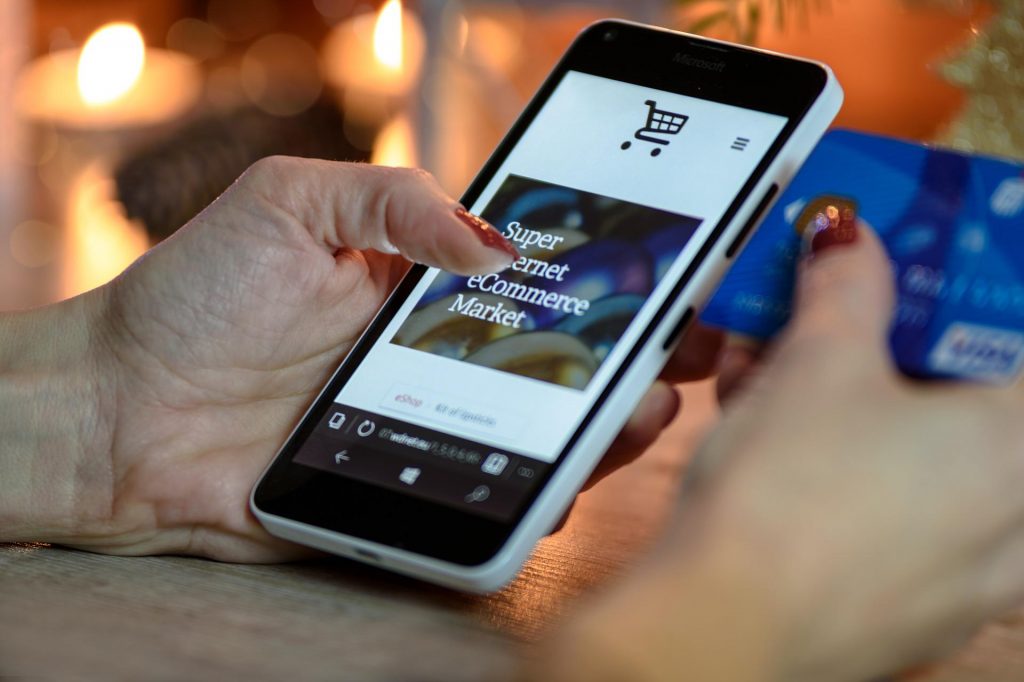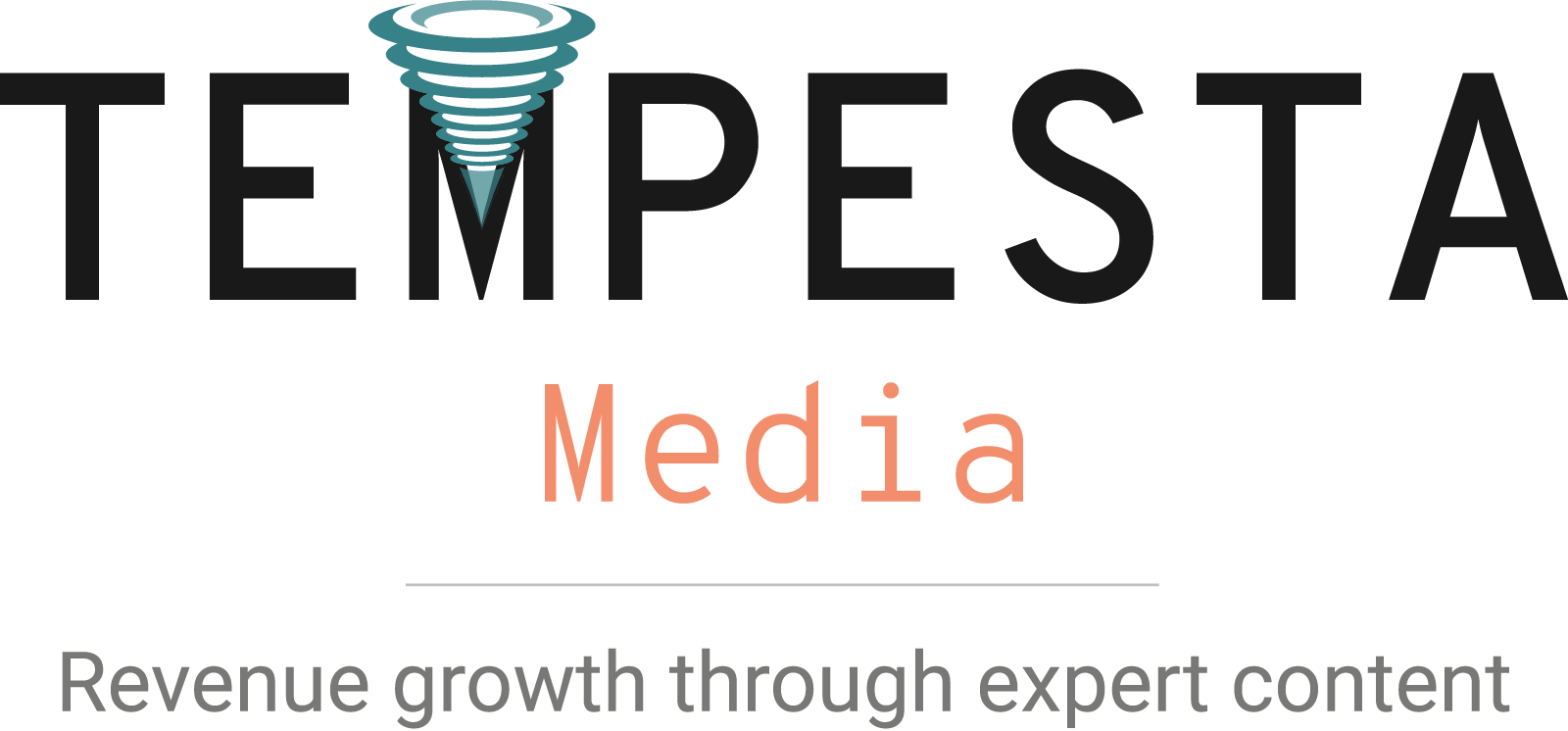COVID-19 resulted in a sustained period of disruption. Many businesses adapted by accelerating their digital transformation efforts, an approach that ushered significant changes in marketing post-COVID.
What does the buying journey look like in a post-COVID world? Between social distancing, closures, and a growing number of customers expecting a convenient omnichannel experience, more marketers are moving offline processes and campaigns to a digital environment.
This digital-first approach isn’t a new trend. Businesses have been focusing on digital transformation for years, but digital marketing post-pandemic comes with its unique share of challenges, including heightened competition and higher costs.
This four-part series will discuss the changes and new challenges CMOs are facing and explore some solutions.
COVID-19 as a force for change
Before we delve into digital marketing post-COVID, it’s important to understand how COVID-19 created change for organizations.
Some businesses had to change out of necessity. Established processes that involved in-person interactions became impractical, and many teams had to adapt to fluctuating demand.
Two years later, some significant challenges still force businesses to change. Close to 80% of small business owners feel that the economy has been getting worse recently. Inflation, supply chain issues, and labour challenges are emerging as the long-term economic effects of COVID-19 and creating a particularly challenging environment for businesses.
Some businesses also embraced change because they saw new opportunities during the pandemic. Moving some processes online helped organizations find a new way of doing things. Some adopted more flexible processes, while others discovered new niches.
The current trend is to transition toward a data-driven model. For organizations ready to embrace this model, there is a strong need for products and services adapted to remote or hybrid processes as well as a buying experience that supports data-driven decisions.

An increasingly digital buying journey
Digital transformation has been shaping growth for decades, but it’s been accelerating at a fast pace, with more businesses adopting remote work, automation, and data-driven processes. Plus, technologies like AI or low-code platforms are providing businesses with a sound foundation to accelerate their digital transformation.
It’s no surprise that the buying journey is increasingly happening online. In 2020, eCommerce grew by 27%. Growth has continued, and eCommerce now represents 22% of all retail sales. Experts believe eCommerce sales will exceed $7.3 billion by 2025.
This phenomenon goes beyond consumer products. The B2B buying journey is also moving to a digital-first environment.
Some organizations that already relied on digital channels strengthened their online presence with new post-COVID marketing strategies, while others shifted entire processes online. A striking example is a video-conferencing market, which is currently growing at a CAGR of 9.5%.
As the buying journey continues to move to a digital-first model, we’re also seeing buyers prefer a self-directed experience. They expect an omnichannel environment, and more organizations are investing in websites or apps to support buyers through the different stages of their journey.
Online experiences are quickly becoming the new normal, with 65% of B2B companies offering eCommerce. Digital channels are also outperforming in-person sales.
And, with buyers becoming more comfortable with digital channels, they’re increasing their budget for online purchases. In 2022, 75% of buyers are willing to spend over $50,000 through online sales channels, and a record-breaking 35% are ready to spend more than $500,000.

What does marketing post-COVID look like?
Between rising costs and new challenges linked to operating in a digital environment, many CMOs are seeing their profit margins shrink. Successful marketing campaigns are more important than ever due to the prevalence of online buying journeys and require a strategic approach.
Higher costs
Higher costs are one of the defining trends of digital marketing post-pandemic. Inflation has been wreaking havoc on businesses’ balance sheets lately, but there are deeper issues at play.
Many organizations switched to digital channels during the pandemic with little warning. The social media market alone is currently expanding at an impressive CAGR of over 39%.
The marketing industry wasn’t prepared to absorb marketing dollars from offline budgets. Costs went up to curb this sudden increase in demands.
Having more businesses develop their digital presence also results in heightened competition. It’s an issue for newcomers to the digital space who need to make significant investments to grow their presence and establish awareness of what they offer. Achieving marketing goals now requires a more significant investment of time and resources due to the increased competition.
Pay-per-click ads are an example of this trend. Marketers now need to spend more to target popular keywords on platforms like Google Ads or Facebook Ads. They can still expect an ROI of $2 for every dollar spent on average, but keywords can cost an average of $58 to target for industries like business services.
Plus, the growing complexity of the digital environment and the heightened expectations of customers mean marketers need to branch out. For instance, PPC costs are going up due to competition, but many CMOs are increasing their budget to account for video searches, and voice searches, or even targeting additional search engines like Facebook, which is currently getting 20 billion search engine visitors each month.
Anticipating future trends
While PPC ads are a good example of this trend, there are other channels driving costs for marketing campaigns.
Now that all the major browsers are moving away from third-party cookies, many businesses need a new approach. Retargeting strategies are no longer viable, and there is a need to invest in first-party data and content creation.
Plus, the shift to a 5G network will likely have an impact on consumer behaviours. Businesses will have to adapt by focusing on mobile experiences that facilitate the buying journey.
And, as more marketers continue to embrace a digital-first approach, competition will make it difficult to stand out unless a brand uses personalization. A winning personalization strategy requires investments in data and other solutions.

Finding a path forward
Spending more on ads and other digital channels results in a lower ROI. It also increases the average cost of acquiring a new customer, which is why customer care is now a top priority to increase retention.
Finding a path forward is challenging for many organizations due to the current economic downturn. Many businesses have at best a reduced budget and are at worst struggling. Inflation is a problem for 34% of small businesses, and, with a third of businesses ceasing operations during the pandemic, many organizations didn’t have a chance to recover fully.
Businesses are at a turning point, and the current rates of inflation and economic downturn suggest this situation will last. Organizations that don’t find a path forward to achieve growth are likely to fail.
From a marketing point of view, the way forward is a strategic approach with a pivot toward digital marketing while prioritizing cost-effective solutions and yielding results.
Grow with a managed service solution
What are managed services? Instead of handling marketing in-house, you can partner with a managed service provider and work with a team of experts. Besides developing and publishing content, these experts can help with on and off-page SEO, email marketing, social media, and more.
With Performics, Tempesta Media offers a proven approach to managed content marketing. It’s a turnkey solution that includes thoroughly assessing your marketing program, content development services, publication on different channels (including social media), influencer marketing, SEO, email marketing, and more. Plus, ongoing optimization ensures that your ROI increases over time to get the most out of this service.
Stay tuned for part two in our series on finding a path forward post-COVID, where we’ll discuss challenges linked to inflation and a stagnating market. In the meantime, get in touch with us to learn more about our managed service solution.











